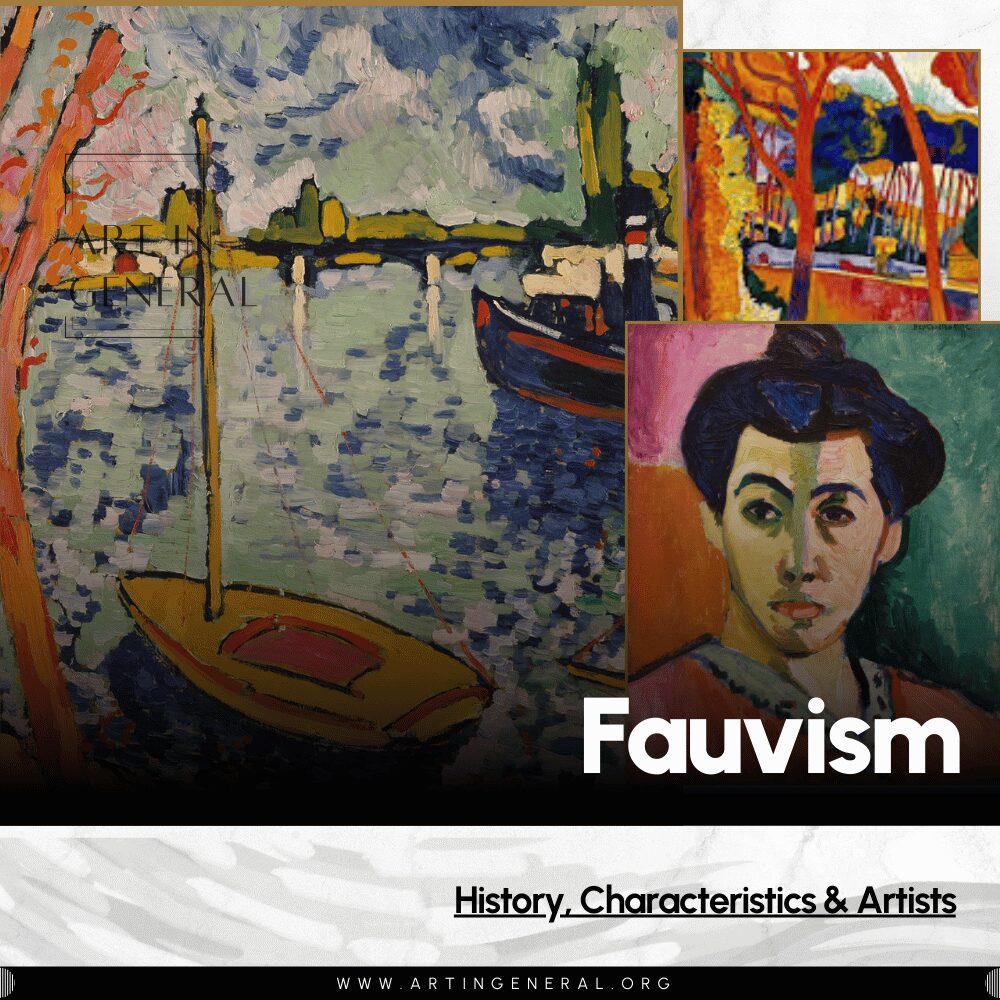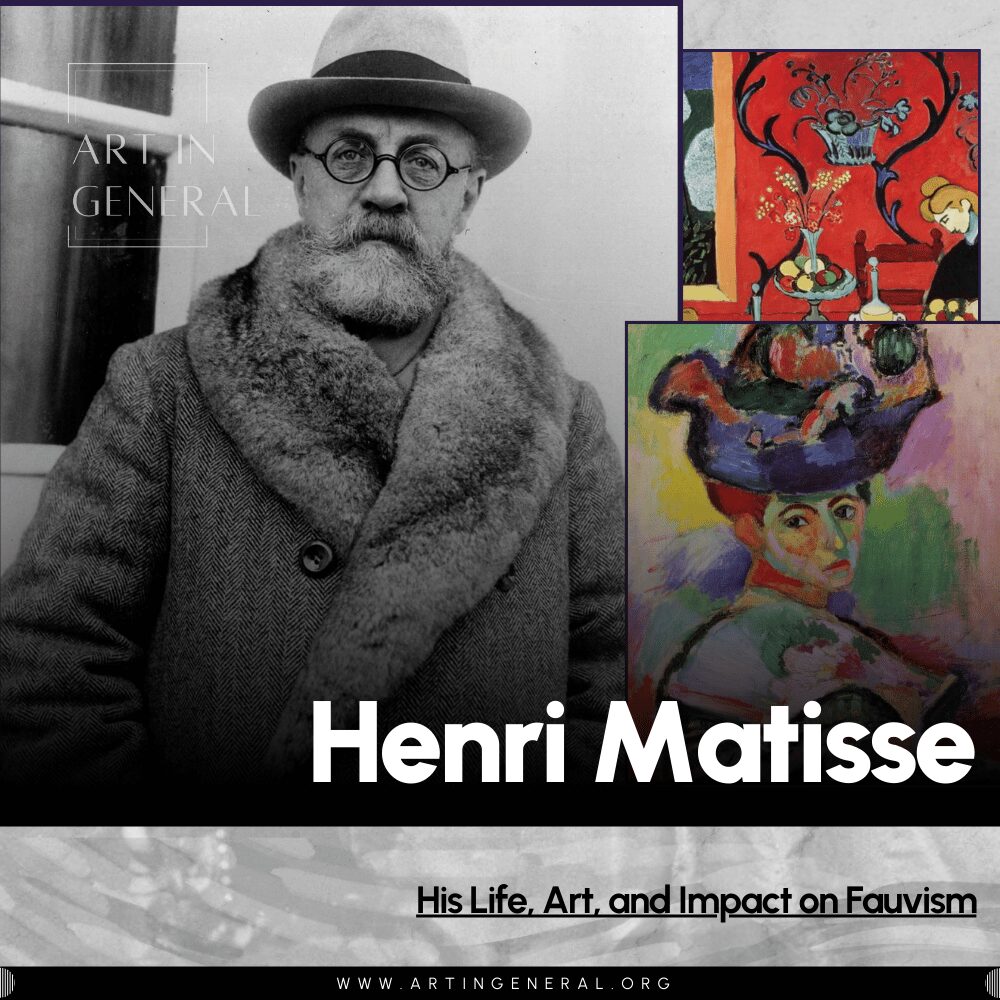Can you spot what others missed?
Some paintings are more than just paint on canvas. They’re puzzles. Messages in code. Warnings to the viewer. Secret heartbreaks and political rebellion, hiding in plain sight.
In this issue, we reveal seven iconic artworks with hidden imagery that have inspired legend, ignited conspiracy theories, and made even scholars stop in their tracks.
These masterpieces may be more powerful than they seem, and you’ll never look at them the same way again.
Works Featured in This Article:
- The Arnolfini Portrait – Jan van Eyck
- The Last Supper – Leonardo da Vinci
- The Garden of Earthly Delights – Hieronymus Bosch
- Las Meninas – Diego Velázquez
- Saturn Devouring His Son – Francisco Goya
- Liberty Leading the People – Eugène Delacroix
The Arnolfini Portrait
Jan van Eyck (1434)
At first glance, it appears to be a straightforward double portrait, perhaps of a wedding. But look closer. The convex mirror on the back wall doesn’t just reflect the couple — it shows two other figures. One may be the artist himself, witnessing the moment. Above the mirror is the chilling inscription, “Jan van Eyck was here”, painted in elaborate Gothic script.[1]
This detail has led scholars to question the painting’s purpose. Was it a record of marriage? A memorial? A legal contract? The fruit, the dog, the position of the hands — each element holds symbolic meaning. What we’re looking at might not be a celebration, but a document of status, death, or betrayal.
The Last Supper
Leonardo da Vinci (1495–1498)
Leonardo’s fresco has attracted centuries of speculation. Most famously, some researchers believe that a hidden musical score can be mapped by translating the position of hands and bread into notes — and when played left to right, they form a haunting composition.[2]
Others focus on the identity of the figure seated to Jesus’ right. Traditionally identified as John, many believe this is actually Mary Magdalene, based on facial features and body language.[3] Whether or not it’s true, the theory hints at da Vinci’s cleverness in inviting interpretation — and perhaps rebellion — through sacred imagery.
The Garden of Earthly Delights
Hieronymus Bosch (c. 1490–1510)
This triptych is unlike anything painted before or since: bizarre, surreal, grotesque, and strangely beautiful. The central panel explodes with nude figures engaging in hedonistic pleasures, surrounded by impossible hybrid animals and architectural oddities.
One infamous detail? A musical score tattooed on the bare backside of a tortured soul. It was transcribed and performed by modern musicians — a fragment of music from hell itself.[4]
Is this all a warning against sin? A vision of paradise? A satire of society? No one agrees. Which is probably how Bosch intended it.
Las Meninas
Diego Velázquez (1656)
This Spanish royal portrait is as much a puzzle as it is a painting. Velázquez includes himself in the composition, brush in hand, painting someone outside the frame. In the mirror behind the young princess and her attendants, we see the King and Queen.
Are they the true subject of the painting? Or are we the viewer now part of the art?
Art historians often call this one of the first artworks to “break the fourth wall,” blurring the line between observer and observed.[5] It’s a philosophical maze dressed as a court painting.
Saturn Devouring His Son
Francisco Goya (1819–1823)
One of the most terrifying images in Western art, this painting depicts the mythological Titan Saturn eating his own child, eyes wide with madness.
Goya didn’t paint it for the world to see — he painted it on the walls of his house, in near-isolation, as he suffered from physical and mental decline. Many believe this image reflects not myth, but Goya’s inner breakdown, or a metaphor for a nation devouring itself in political unrest.[6]
It wasn’t discovered until after his death, transferred from plaster to canvas.
Final Thoughts
Art isn’t just what we see — it’s what’s beneath the surface. And sometimes, looking too closely can change everything.
So the next time you’re standing in front of a famous painting… ask yourself: What’s hiding in the shadows?
References & Further Reading
[1] National Gallery, London – Analysis of the Arnolfini Portrait
[2] Giovanni Maria Pala – The Da Vinci Code of Music, 2007
[3] Brown, D. – The Da Vinci Code (fiction, but theories predate it)
[4] Vice, 2014 – “The Music Written on a Person’s Butt”
[5] Museo del Prado – Velázquez Gallery Notes
[6] Jonathan Brown – Goya: Painter of Terrible Splendor, Yale University Press






Leave a Reply